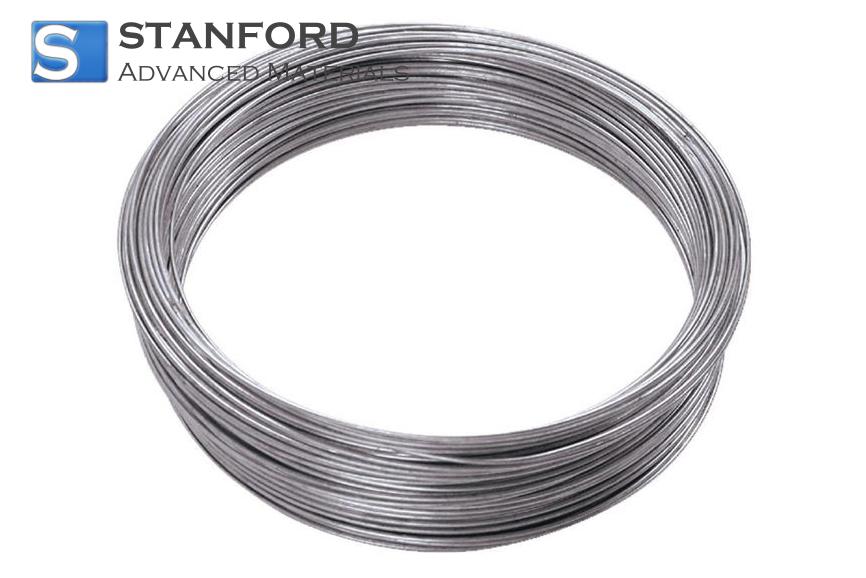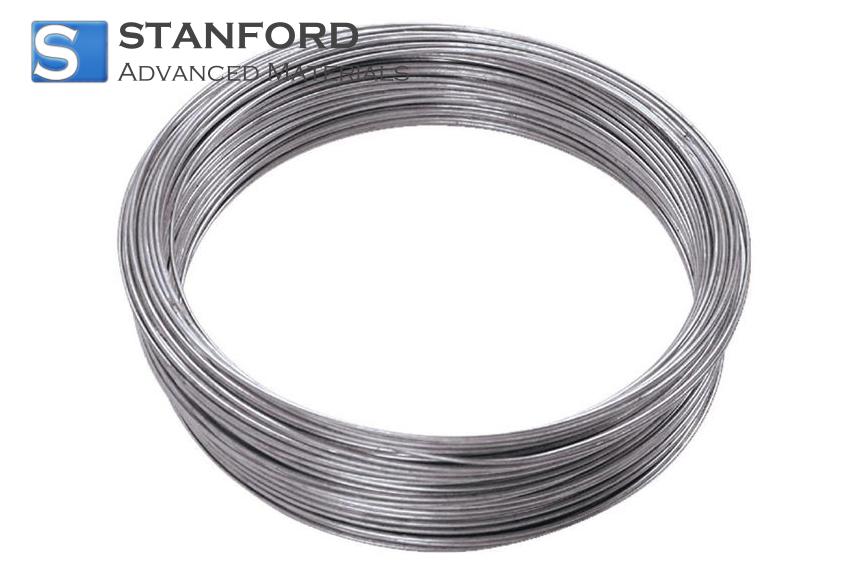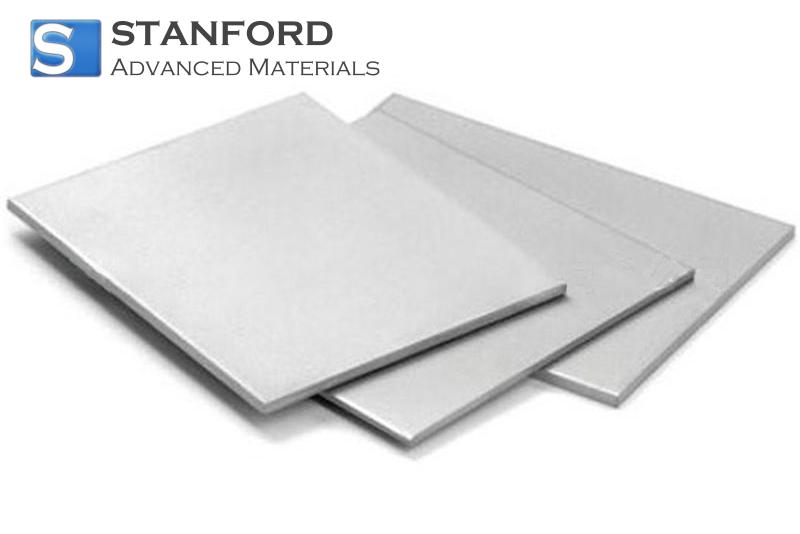Spherical Vanadium Powder in Three-Dimensional Printing
Introduction
Three-dimensional printing has changed the manner in which we create parts and tools. It has emerged as a significant contributor to various domains. Nowadays, we are examining spherical vanadium powder.
Critical Properties of Vanadium for Three-Dimensional Printing
Vanadium is exceptionally strong and resistant to wear. Its lightness makes it suitable for use in alloys. Statistically, when vanadium is incorporated into steel, there is an increase in hardness and corrosion resistance. Steels microalloyed with vanadium, for instance, exhibit yield strengths of up to 800 megapascals. Its low concentration in steels provides notable enhancements in toughness and ductility.
Vanadium promotes grain refinement. This leads to a finer microstructure in printed parts. In three-dimensional printing, high strength and a fine microstructure contribute to parts exhibiting improved mechanical performance. The element is also resistant to elevated temperatures, making it suitable for aerospace and automotive applications.
Vanadium's unique characteristics benefit the printing process. It withstands rapid heating and cooling cycles prevalent in three-dimensional manufacturing effectively. Its chemical stability can pose challenges during unwanted reactions in printing. These characteristics allow engineers to produce parts that require minimal post-processing.
Benefits of Spherical Powder Morphology
Spherical powder possesses numerous advantages over irregular powder. Firstly, it exhibits improved flow within the printer machine. Even flow ensures that uniform layers are deposited. Secondly, spherical particles reduce the risk of clogging and differential melting, which translates into accurate builds.
When employing spherical powder, the layers set uniformly. Spherical powders have been found to increase packing density by approximately 10% compared to irregularly shaped powders. This density results in printed parts containing fewer voids and improved mechanical properties. The uniform shape also enhances heat transfer during printing, resulting in internal stress-free parts.
Handling spherical powder typically reduces machine downtime. It also minimises the need for additional processing and improves part quality. Customers appreciate the consistency and reduced errors when handling spherical powders during three-dimensional printing.
Production of Spherical Vanadium Powder
Spherical vanadium powder is produced through methods such as gas atomisation. In gas atomisation, molten vanadium alloy is broken down into minute droplets. The droplets cool rapidly to form spherical particles. The process utilises inert gases such as argon to prevent oxidation. The end product is a consistent powder of excellent quality.
Other production methods include plasma spheroidisation and centrifugal atomisation. These techniques allow for fine control of particle size distribution while retaining powder structure. The average particle size typically ranges between 15 and 45 micrometres, resulting in good flow behaviour and repeatable print results.
Applications of Three-Dimensionally Printed Vanadium and Vanadium-Containing Alloys
Vanadium is utilised in three-dimensional printing not only for structural parts but also in alloys that enhance performance across multiple disciplines. Vanadium alloys in the aerospace sector provide a balance of strength and lightweight properties. Engine parts, for example, benefit from improved wear resistance and thermal stability.
Automotive components, such as high-stress housings and brackets, utilise vanadium-enriched alloys. Enhanced mechanical properties contribute to extended part lifetimes. Vanadium alloys are under investigation in the medical sector for biocompatibility and have been tested for use in implants and surgical devices. Research indicates that vanadium can enhance corrosion resistance against harsh environments.
Excellent performance has been observed with three-dimensional prints and vanadium alloys in the manufacture of parts. The parts achieve optimal performance and rigorous safety standards. Machine parts produced with vanadium powder exhibit high resistance. The examples provided highlight the benefits of incorporating vanadium into additive manufacturing across various industries.
Conclusion
Spherical vanadium powder is a crucial material in three-dimensional printing. It offers consistent flow, higher packing density, and superior builds. The inherent features of vanadium, such as strength and heat resistance, contribute to its popularity. Production methods provide a reliable source of spherical powder. For further information on spherical powder, please visit Stanford Advanced Materials (SAM).
Frequently Asked Questions
F: What is vanadium used for in three-dimensional printing?
Q: It strengthens alloys and enhances heat resistance, creating high-quality components for application across various industries.
F: Why choose spherical powders over irregular powders?
Q: Spherical powders improve flow, packing density, and layer uniformity in three-dimensional printing.
F: How is spherical vanadium powder produced?
Q: It is produced using atomisation techniques such as gas atomisation, which enables uniform particle shape and size.

 Bars
Bars
 Beads & Spheres
Beads & Spheres
 Bolts & Nuts
Bolts & Nuts
 Crucibles
Crucibles
 Discs
Discs
 Fibers & Fabrics
Fibers & Fabrics
 Films
Films
 Flake
Flake
 Foams
Foams
 Foil
Foil
 Granules
Granules
 Honeycombs
Honeycombs
 Ink
Ink
 Laminate
Laminate
 Lumps
Lumps
 Meshes
Meshes
 Metallised Film
Metallised Film
 Plate
Plate
 Powders
Powders
 Rod
Rod
 Sheets
Sheets
 Single Crystals
Single Crystals
 Sputtering Target
Sputtering Target
 Tubes
Tubes
 Washer
Washer
 Wires
Wires
 Converters & Calculators
Converters & Calculators
 Write for Us
Write for Us



 Chin Trento
Chin Trento



